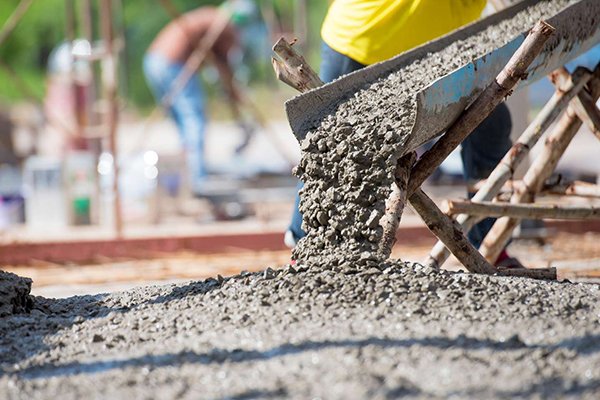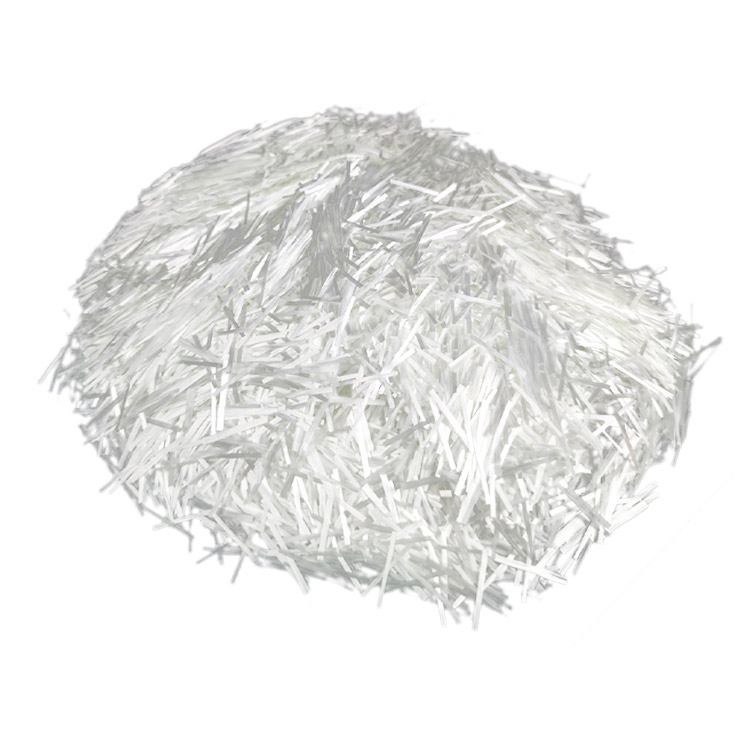
Table of Contents
What is fibreglass chopped strands used for in construction?
Fiberglass chopped strands,play a significant role in the construction industry. They are produced by cutting continuous fiberglass filaments into short segments and are commonly used to enhance composite materials and concrete building materials. Fiberglass chopped strands provide strength, toughness, and durability while also improving workability during construction.
What are Fibreglass strands sometimes used in concrete for?
The primary purpose of incorporating fiberglass strands into concrete is to increase tensile strength and toughness, thereby reducing the formation and propagation of cracks. Fiberglass strands also enhance the impact resistance and wear resistance of concrete and help prevent plastic shrinkage cracking. Additionally, these strands can improve freeze-thaw durability, which is particularly important for structures in cold climates.
Is fiberglass in concrete as good as rebar?
While chopped strands offer several benefits to concrete, they cannot fully replace traditional rebar in terms of overall performance. Rebar provides substantial tensile strength that is critical for supporting large or load-bearing structures. However, for certain applications such as non-structural elements or where weight reduction is necessary, fiberglass strands might be a better choice.

How much stronger is concrete with fiber?
Adding fibers indeed makes concrete stronger. Studies have shown that concrete containing an appropriate proportion of fibers, including fiberglass chopped strands, exhibits higher compressive strength and significantly improved flexural strength compared to ordinary concrete. The presence of fibers greatly increases the fracture energy of concrete, meaning it can absorb more energy before failure.
Can you fibreglass straight onto concrete?
Directly applying fiberglass coatings on existing concrete surfaces is not a common practice. If using fiberglass to reinforce or repair concrete surfaces, specialized products and techniques such as fiber-reinforced polymer (FRP) systems or pre-impregnated chopped strand are typically employed for adhering and strengthening purposes.
How thin can you pour fiber-reinforced concrete?
The minimum thickness of fiber-reinforced concrete depends on specific engineering requirements and the type of fiber used. Generally, fiber-reinforced concrete can be cast into very thin panels, sometimes as thin as a few millimeters. However, to ensure good workability and sufficient mechanical properties, the appropriate minimum thickness should be determined based on project needs and manufacturer guidelines.
How long does it take for fiber concrete to cure?
The curing time for fiber-reinforced concrete is similar to that of regular concrete, influenced mainly by environmental conditions (temperature, humidity), cement type, and mix proportions. Typically, initial strength is achieved within 24 hours, while final strength may take days to weeks to fully develop.
Does fiber-reinforced concrete crack?
Although fibers enhance the toughness of concrete and reduce crack occurrence rates, they do not eliminate all types of cracking entirely. Under extreme loads or environmental stresses, cracks can still appear. However, due to the presence of fibers, any cracks that occur tend to be smaller and less prone to propagation.
Which fiber is best for concrete?
There is no single “best” fiber type for concrete, as different fibers have distinct advantages suited to various applications. For example:
- Steel fibers: Ideal for areas requiring high tensile strength and impact resistance.
- Polypropylene fibers: Economical and effective in controlling plastic cracking.
- E-glass chopped strands: Offer good alkali resistance and dimensional stability, suitable for specific chemical environments.
- Carbon and aramid fibers: Lightweight and extremely strong, ideal for special reinforcement tasks.
Choosing the most suitable fiber type should consider project requirements, budget constraints, construction methods, and more. Engineers typically select the most fitting fiber type based on actual conditions and how effectively they can integrate them into the concrete mix design.



How durable is fiber cement?
Fiber cement is renowned for its excellent weathering and corrosion resistance, making it suitable for various external applications. It has superior durability, resisting UV radiation, moisture ingress, and other natural factors. Therefore, fiber cement is often used to manufacture exterior wall panels, roofing tiles, and other exposed building components.
How much fiberglass should I add to concrete?
The optimal amount of fiberglass to add to concrete should be determined according to design specifications and intended use. Typically expressed as a volume percentage, the general range is from 0.1% to 2%. Excessive addition can lead to mixing difficulties and decreased workability. The best dosage should be determined through experimental testing to balance cost-effectiveness and performance optimization.
What is the most commonly used fibre in high strength concrete?
In high-strength concrete, the most commonly used fibers include polypropylene fibers, steel fibers, or synthetic fibers. These fibers are favored for their excellent mechanical properties, especially in enhancing early-age crack resistance and long-term durability. Each type of fiber has unique advantages, and selection depends on the specific needs of the project.
In Conclusion
By adding fiberglass chopped strands, the tensile strength, toughness and durability of concrete can be effectively improved while reducing the formation and development of cracks. In addition, fiberglass chopped strands can also enhance the impact resistance and abrasion resistance of concrete, and improve its freeze-thaw resistance, especially for structures in cold climates.
Niumaterial fiberglass chopped strands have the following key advantages, making them an ideal choice for concrete reinforcement in the construction industry:
Tensile Strength
Niumaterial chopped strands are specially treated to achieve a single fiber tensile strength of more than 3450 MPa. This is about 20% to 30% higher than ordinary concrete, making the concrete structure stronger.
Elastic Modulus
With a high elastic modulus of up to 72 GPa, it ensures good deformation recovery when subjected to stress and reduces the risk of permanent deformation.
Chemical Durability
Rapid chloride ion penetration tests conducted according to ASTM C1202 standard show that the corrosion rate of concrete reinforced with Niumaterial chopped glass fiber in salt spray environment is reduced by about 50%, indicating its excellent resistance to alkali and chemical attack.
Dispersibility
Niumaterial fiberglass use advanced surface treatment technology to give them excellent dispersibility in concrete. Experiments show that under standard mixing conditions, the fibers can be evenly distributed in the concrete matrix, avoiding agglomeration and ensuring the overall uniformity and quality consistency of the concrete.
Strong Adaptability
It is suitable for a variety of concrete formulations, whether it is ordinary concrete, high-performance concrete or self-compacting concrete, and can significantly improve its physical properties. For example, after adding Niumaterial fiberglass chopped strands to prestressed concrete components, its crack resistance is improved by about 40%, greatly extending its service life.
Niumaterial fiberglass chopped strands have become an indispensable part of modern construction projects due to their excellent performance, ease of use and environmental friendliness. It not only meets the diverse needs of the current market, but also lays a solid foundation for the development of future construction technology.

